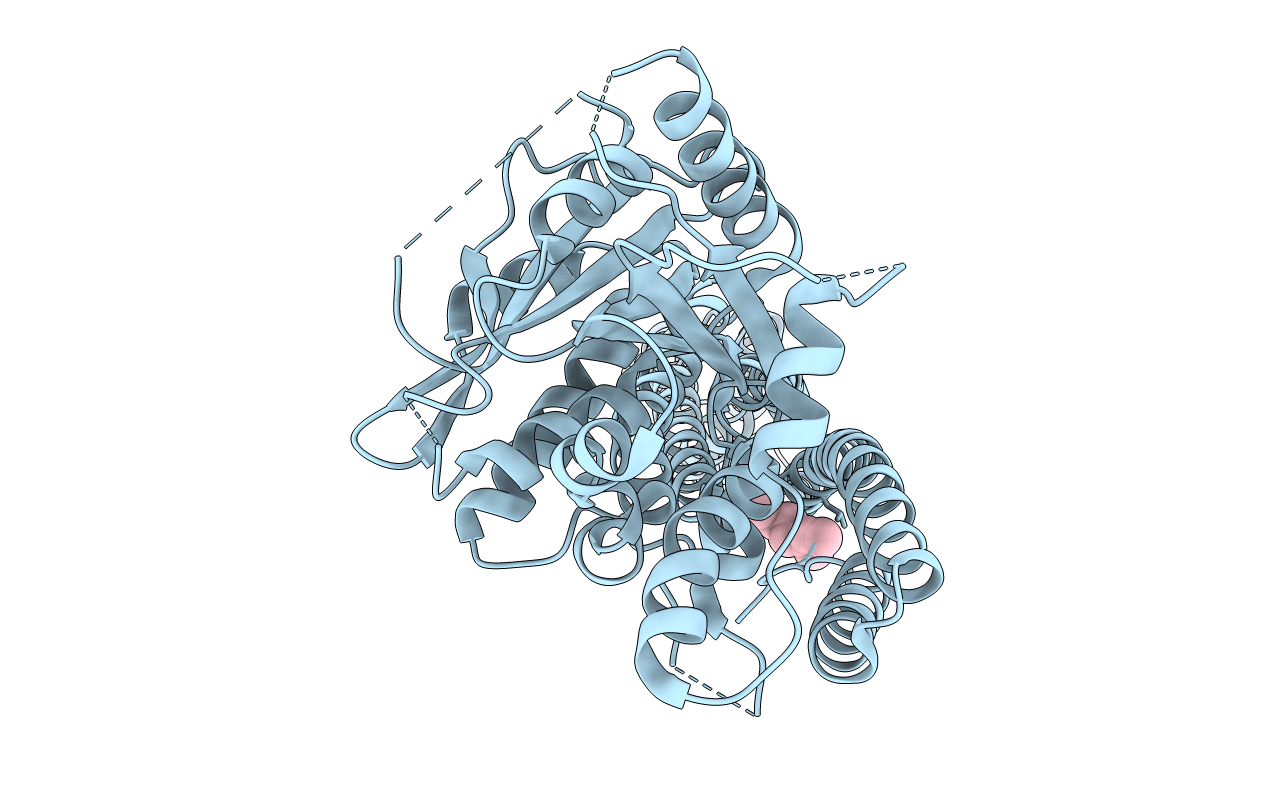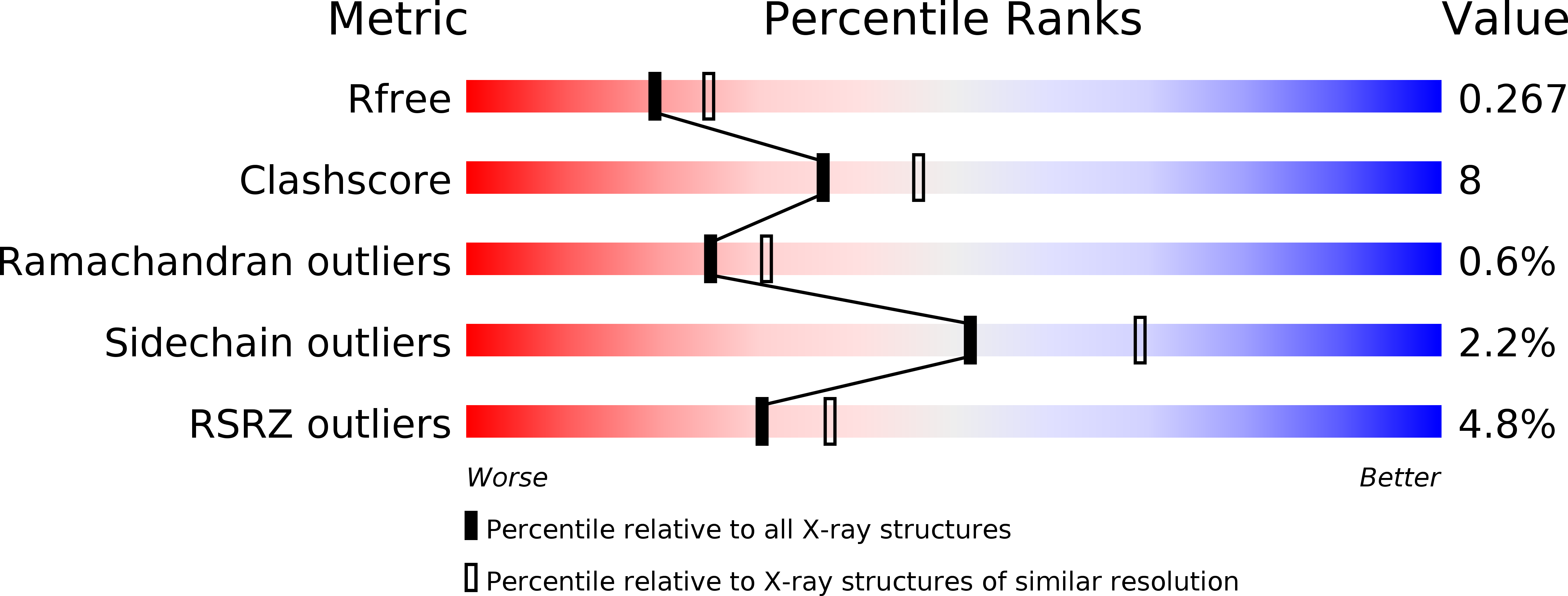
Deposition Date
2019-05-13
Release Date
2019-06-12
Last Version Date
2024-10-30
Method Details:
Experimental Method:
Resolution:
2.31 Å
R-Value Free:
0.26
R-Value Work:
0.21
R-Value Observed:
0.22
Space Group:
P 21 21 21


